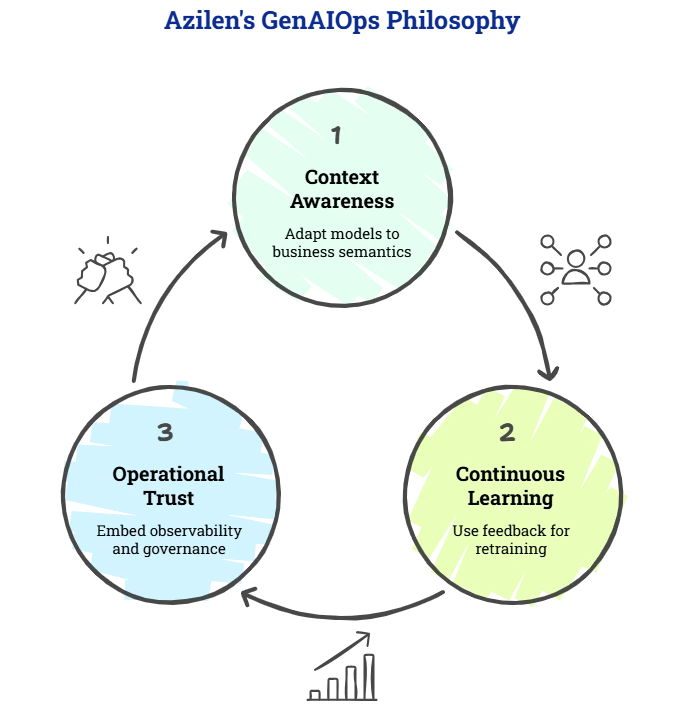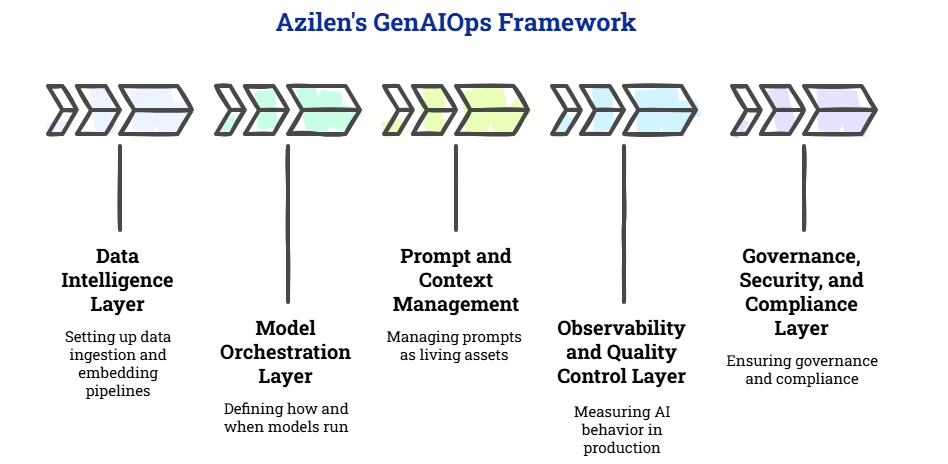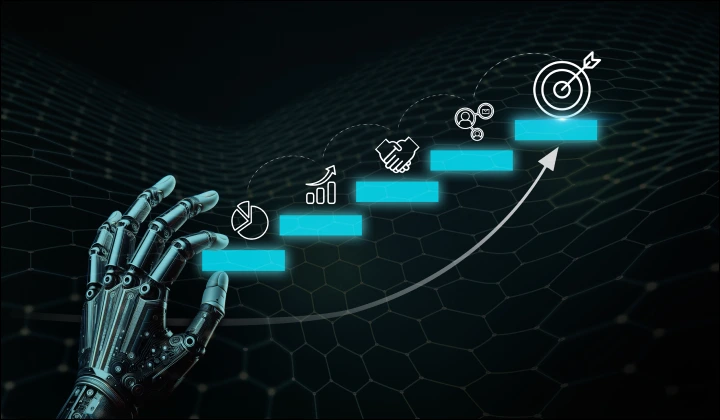A decade ago, software teams faced the same tension we see in GenAI today, innovation sprinting ahead of operations. Back then, developers were shipping code faster than IT could deploy it. What emerged was DevOps.
A few years later, data science teams ran into their own wall. Models trained beautifully in notebooks refused to behave in production. The response was MLOps.
Now, history is repeating itself. Enterprises are again facing the same operational gap that once gave rise to DevOps and MLOps.
That’s where GenAIOps comes in. It’s the framework that ensures LLMs, vector databases, prompt workflows, and feedback loops run as part of a living system, not scattered pieces of innovation.
At Azilen, we’ve spent years helping enterprises build and operationalize AI systems across HRTech, FinTech, Retail, Healthcare, etc. Through that experience, one lesson stands out: every successful GenAI initiative needs its operational backbone. GenAIOps is that backbone.







 13 mins
13 mins











 Talk to Our
Consultants
Talk to Our
Consultants Chat with
Our Experts
Chat with
Our Experts Write us
an Email
Write us
an Email





